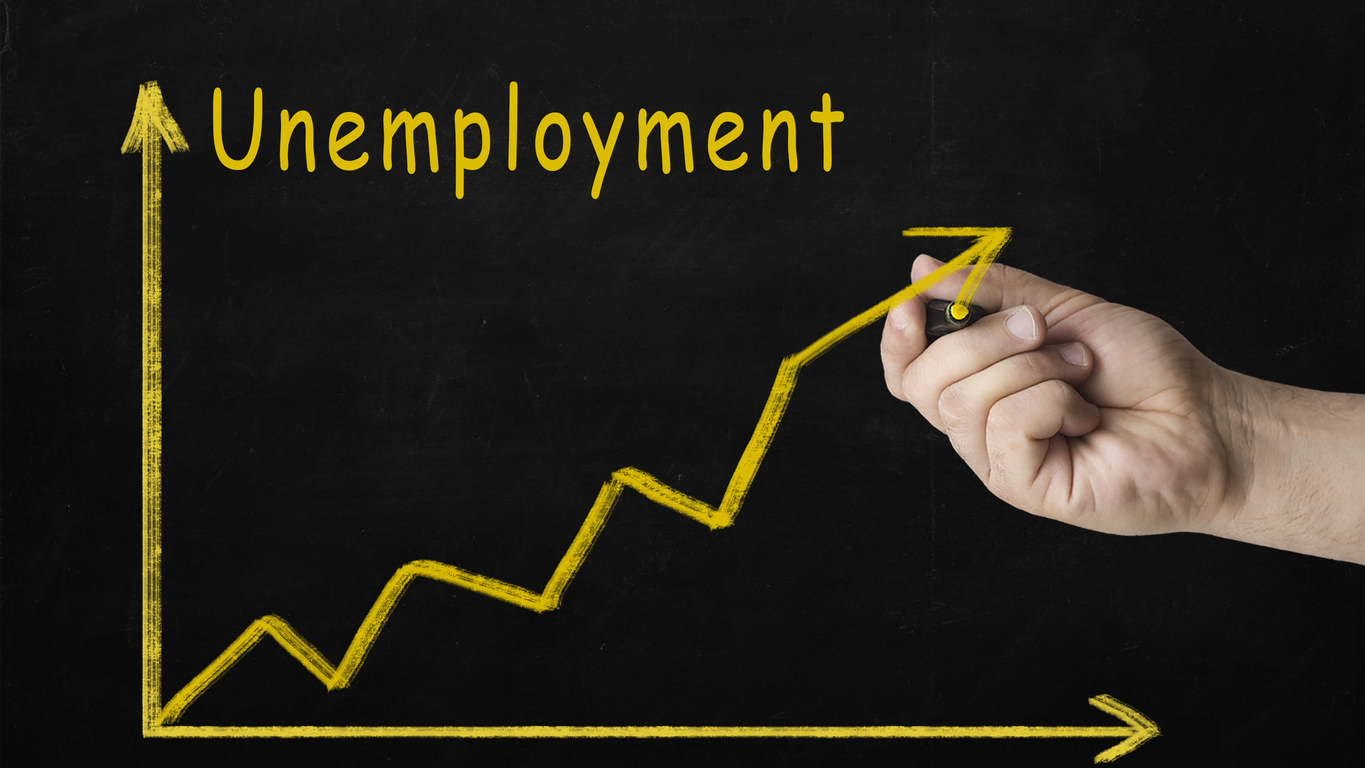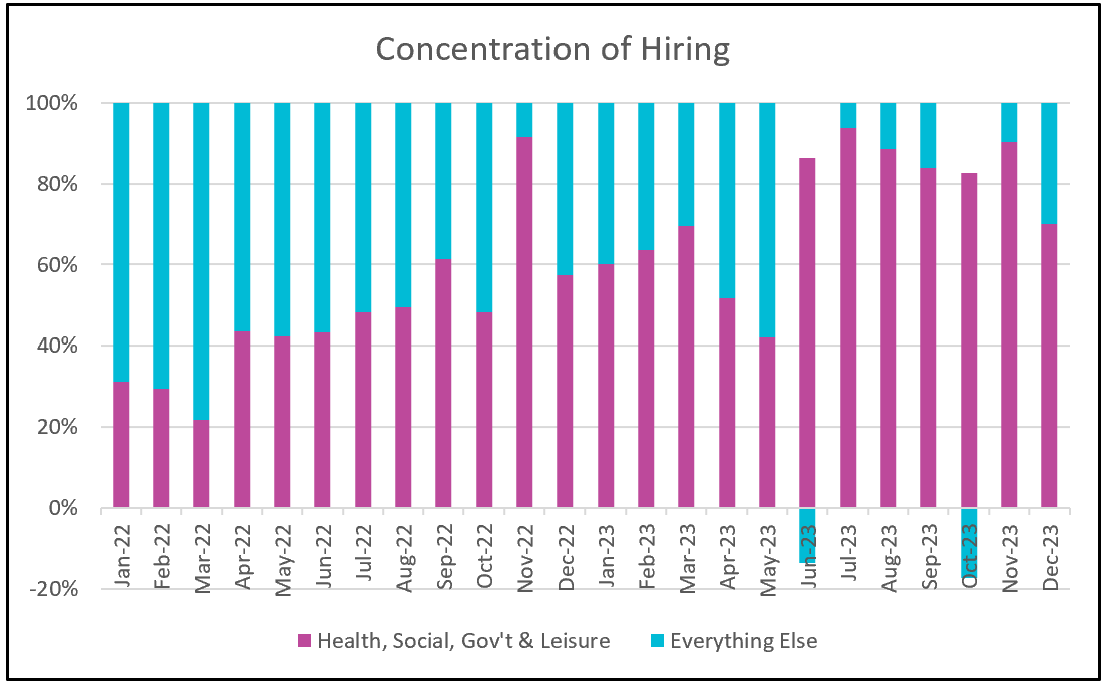
The labor force displayed remarkable resilience throughout 2023, likely preventing the economy from dipping into a recession. Although the pace of hiring decelerated in the latter half of the year, it persisted above pre-pandemic levels, providing a solid foundation for ongoing economic growth. Increased payrolls and elevated wages played a pivotal role in sustaining consumer spending, which serves as the driving force behind the economy. Notably, unemployment remained close to historic lows throughout the year.

The highlights from the Bureau of Labor Statistics’s report, The Employment Situation – December 2023, are listed below.
In December, the pace of hiring grew for the second consecutive month. While November’s increase was anticipated due to the resolution of the United Auto Workers and Hollywood labor disputes, the December gain surpassed most analysts’ expectations. Job growth was particularly notable in healthcare, government, social services, and leisure and hospitality—continuing a trend that emerged in the latter part of 2023. These industries exhibit resilience to the impact of higher interest rates imposed by the Federal Reserve.

People returned to work in 2023 when 2.7 million workers were added to payrolls. Although this increase was lower than that of 2022, it surpassed pre-pandemic levels and provided substantial support for economic growth. December, however, presented an anomaly. Despite a rise in payrolls, the number of employed individuals decreased due to a workforce reduction of 676,000 people. This December departure marked one of three instances and was notably the largest. The exodus accounts for the decline in the participation rate from its 2023 high of 62.8% in November to 62.5% in December. Nevertheless, participation in December remained slightly higher than at the beginning of the year.
In March of 2022, the demand for workers, as measured by job openings, far exceeded the supply of workers, as measured by the number of unemployed. Since then, the demand and supply are more balanced. In December, job openings fell while the number of unemployed remained unchanged. The shortage of workers compelled employers to elevate wages to attract and retain employees. Throughout 2022 and early 2023, nominal wages experienced substantial growth. Yet, wages did not keep pace with inflation due to the elevated inflation rate during this period. As the year progressed, labor demand stayed robust, and wages continued to rise, albeit at a slower rate. Nevertheless, this increase outpaced inflation. While nominal wages increased by 0.4%, the combination of a shorter workweek and a higher wage resulted in a 1.8% annual growth in weekly earnings. This represents a notable decline from the 7.8% observed in November, when both wages and hours increased. Throughout 2023, average weekly earnings rose 3.8%.
Economists closely track the quit rate as it indicates how secure people are in their jobs. A higher quit rate suggests that individuals are confident in their ability to secure alternative employment if they leave their current position. However, the decrease in the number of people quitting their jobs in December signals a decline in worker confidence regarding future employment prospects.
Hiring temporary workers serves as a key indicator of employer sentiment, often signaling changes in response to shifts in demand. Temporary workers are typically among the first to be let go when management fears a drop in demand. In December, the employment of temporary workers fell by 33,000. Notably, this decline has persisted since February 2023, resulting in 316,000 fewer temporary workers compared to the beginning of the year and 346,000 less than the peak observed in March 2022.
Federal Reserve policymakers have suggested they are done raising their benchmark rate. The question is when they will begin to lower it. Given the ongoing resilience in the labor market and continuous wage growth, this report diminishes the likelihood of a rate cut at their meeting meeting. The concern lies in the potential that the labor market gains strength, adding pressure on wages and subsequently pushing up inflation. However, the positive aspect is that inflation is decreasing without causing a rise in unemployment. Sustained economic growth and lower inflation improve the prospects of a soft landing.
Policymakers will pay attention to the Labor Department’s publication on January 11th, Consumer Price Index - December. Did inflation continue to moderate in December? Following its publication, you can find our comprehensive summary and analysis at HigherRockEducation.org.